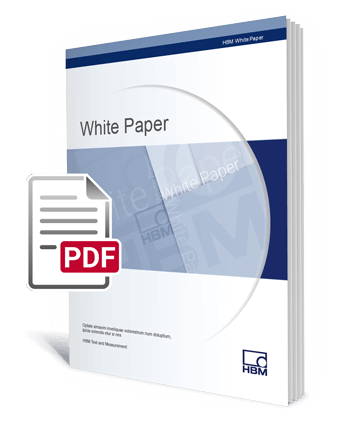Thank you for your interest in the webinar held during the Charged Virtual Conference, How to Accelerate Motor Calibration and Control Development. There were several questions asked during the course of the presentation. Our presenter, Mitch Marks has captured those questions and provided answers to share with you.
1. How do you use measurement during calibration to account for torque ripple in a controller?
Torque ripple is a fluctuation of torque around an average at a given frequency and can cause problems issues with the mechanical system down line of the motor. Designers and calibrators will want to account for this, and suppress it in their controller using control techniques. Torque ripple can be calculated from measured voltages and currents using an air gap torque calculation, but the actual amplitude and frequency will not be well known because of the inertia of the rotor. You can use the measurements during calibration to identify which loading points and situations will have a significant torque ripple and either choose to avoid them or implement suppression techniques. Like many other issues, calibration can be used to identify the states and conditions where events are likely to happen, without actual measurement in vehicle.
2. How does the cycle detection influence the measured values with harmonic content?
Cycle detection identifies the period that signals like torque, current, voltage, and others need to be averaged on to determine values of power, RMS and efficiency. This means that every point within that period will be accounted for during a calculation. If a signal, such as current or torque has harmonic content, that will also be included in the calculation. The exciting part about cycle detect is that you can get those values during transients. Every half cycle of the fundamental you view a high accuracy calculation which will enable a calibrator to account for harmonic content during changes in torque or speed. This can accelerate the job of the calibrator and give the calibration a higher quality. Cycle detect can be used to track individual harmonics to find trouble areas in a control.
3. Do you need to account for dynamic behavior?
During a calibration, engineers will often test for drive cycle energy usage, or dynamics in transition from one state to another. You can learn about how machines will respond in the real world to disturbances and driver behavior. Once the you understand the disturbance behavior, you can alter it to better fit the use case of the electric motor. These tests are made possible by a combination of continuously recorded data and cycle detect power measurements. Knowledge of the dynamic behavior can help deliver a more desirable experience and be used to improve the range of the vehicle by gracefully controlling the transitions.
4. How do you determine the best sampling rate?
Sampling rate is dependent on the type of test that is being run. Is the concern accuracy, transient events, failures, or something else? Some of these tests will require higher sampling rates than others. The switching frequency of the inverter will also drive the sampling frequency that is needed. A common rule of thumb is to have 10x the switching frequency in order to catch the transients, but users will often go as high as 20 or 30x switching frequency.
Sampling rate should also be influenced by the bandwidth of the sensors that are integrated. If a sensor has a significantly lower bandwidth than the bandwidth dictated by the sampling rate, then there is no point to oversampling.
The eDrive system allows for continuous data storage for extended periods of time at a 2MS/s rate. This will allow engineers to record data for transient scenarios at a rate high enough to understand their inverter and get extremely accurate results.
Download the FAQ PDF for the remaining questions and answers.
